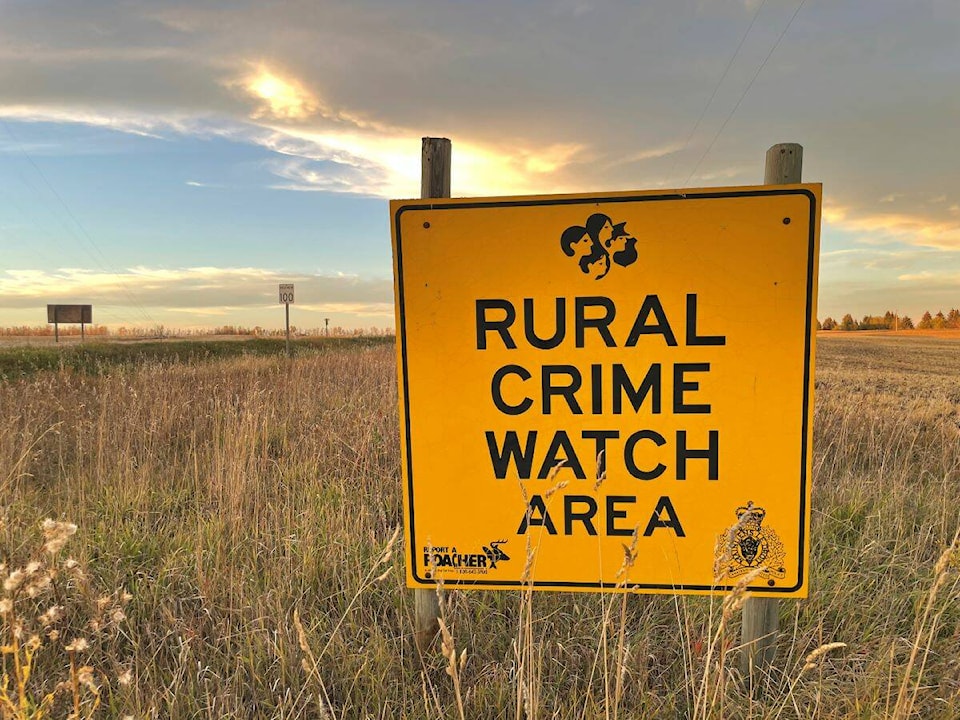Emily Yang (10) | STAFF REPORTER
In Canada, significant disparity exists between urban and rural settings in both educational opportunities and access to information. As such, rural communities face the dilemma of an uninformed demographic surrounding social issues, such as crimes and violence, resulting in an increased violence rate and a lack of safety in comparison to urban areas. So, what are the impacts of this dilemma and to what extent does it alter communities across Canada?
Most notably, this lack of awareness promotes higher rates of mental health issues within rural areas. Communities that reside near these locations more commonly lack access to educational opportunities and institutions, resulting in limited knowledge surrounding crimes such as neglect and intimate partner violence. This often results in abusers being unable to identify their abuse and victims being unable to identify methods to cope with their trauma and experiences, fostering communities with toxic social relationships and long-lasting mental health repercussions.
The accumulation of unaddressed abuse in these communities can also promote unhealthy social norms and practices related to violence, which may be identified as common occurrences. This can lead further to a lack of resources within the community, such as mental health services and centres for drug addiction and abuse, which may be viewed as invaluable or useless.
Additionally, communities located within rural areas are more prone to higher rates of violence. With limited opportunities in informing residents of the importance of social issues, rural communities in Canada face nearly 33% higher and more serious crimes than in urban communities.
Normalized illegal activities in rural areas, such as poaching, drug production and dumping hazardous waste, deteriorate a community and individual’s sense of social justice and also pose detrimental impacts on the environment as well. These damages not only affect the local residents of rural communities but contribute on a widespread scale to provincial, national and global challenges related to global warming and pollution.
In conclusion, the dilemma of an uninformed demographic surrounding social issues in certain communities, especially those in rural areas, pose significant safety concerns on both an individual and communal scale. The consequences of this unawareness, such as mental health issues, unhealthy social norms, high rates of crime, and environmental pollution, disrupt justice and social stability.
Sources:
https://www150.statcan.gc.ca/n1/pub/85-002-x/2023001/article/00002-eng.htm
https://ccfsc-cccs.ca/wp-content/uploads/2024/01/CMNCP-Topic-Summary-Rural-Crime-Prevention_AODA.pdf



